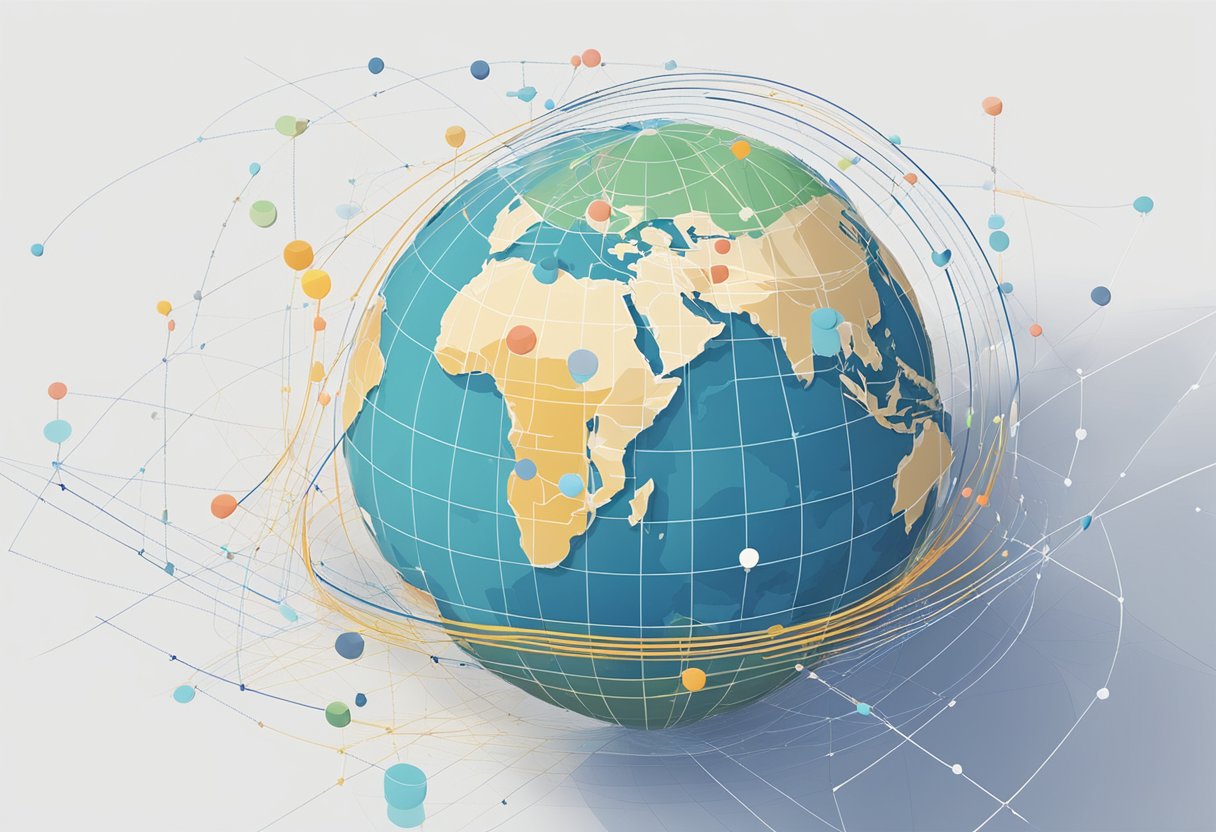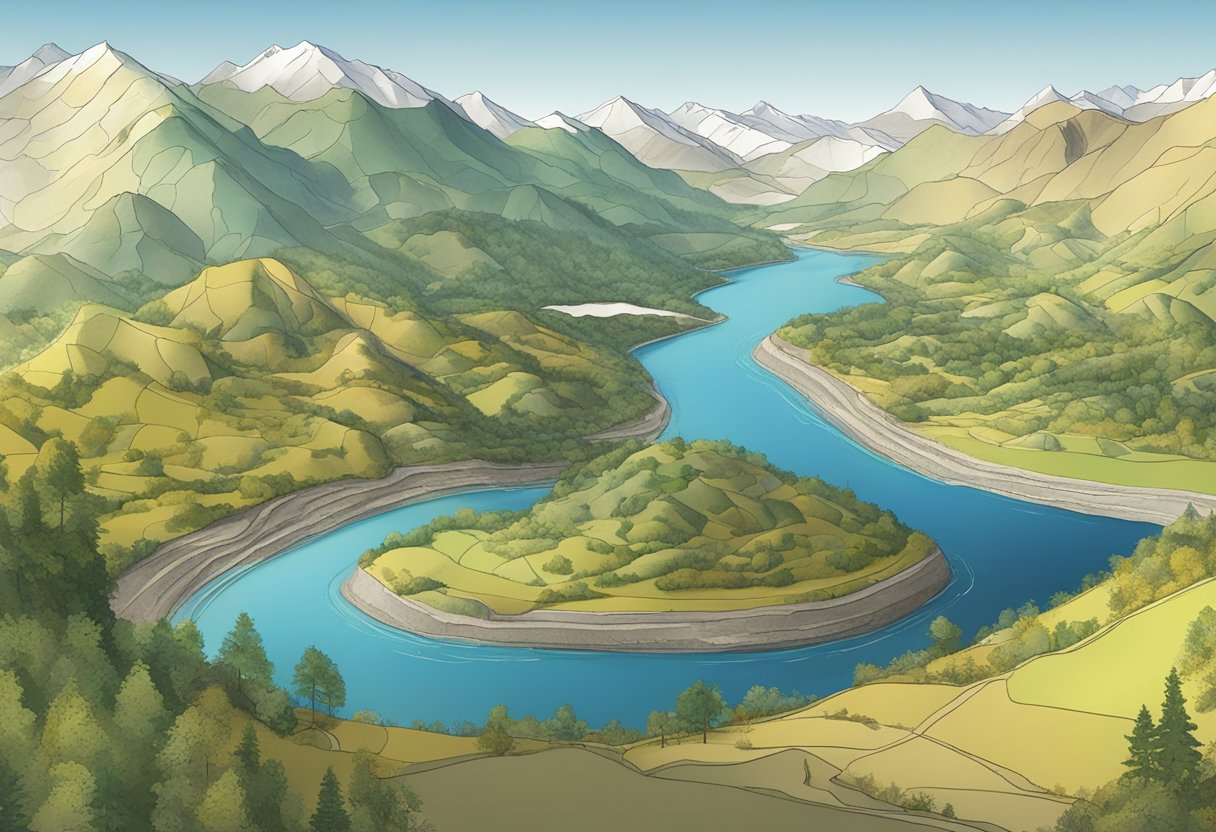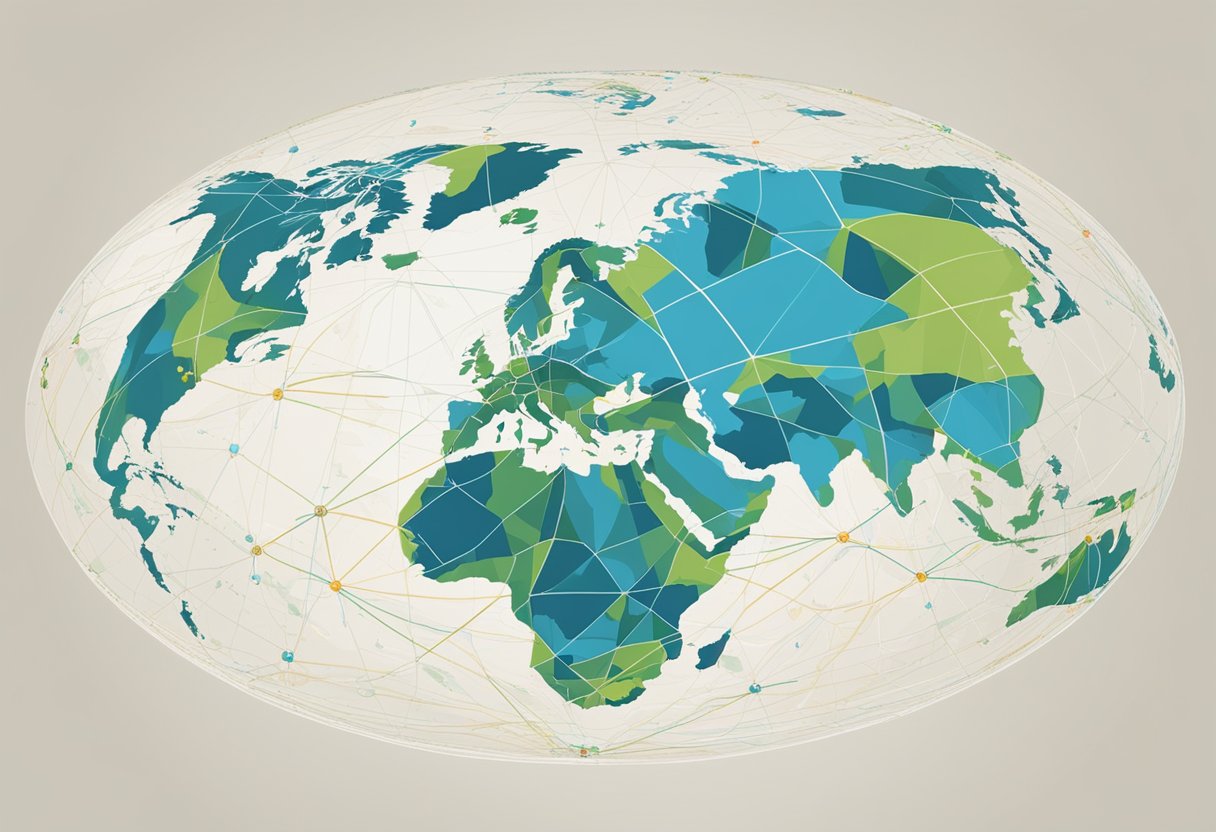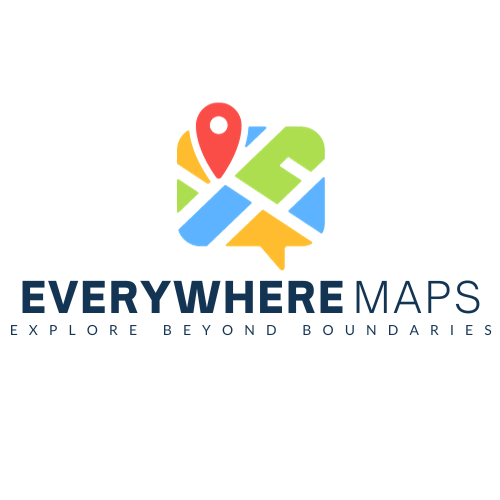GIS Uncovered: Transforming the World with Spatial Analysis…and No, It’s Not a Secret Spy Tool
GIS Uncovered: Transforming the World with Spatial Analysis is a fascinating topic that has been gaining in popularity in recent years. We were curious to learn more about GIS and how it is transforming the world with spatial analysis. We found that GIS is a powerful tool that allows us to create maps, analyze data, and solve complex problems.

The Magical World of GIS: A Spellbook for Modern Mages is a great resource for anyone who wants to learn more about GIS. This book provides an introduction to GIS and covers topics such as cartography, data sources, and spatial analysis. It also includes case studies that illustrate how GIS is being used in a variety of industries, including healthcare, transportation, and environmental management.
GIS in the Wild: Adventurous Applications and Case Studies is another great resource that highlights the adventurous applications of GIS. This book includes case studies that demonstrate how GIS is being used to solve real-world problems, such as tracking wildlife, managing natural resources, and responding to natural disasters.
Key Takeaways
- GIS is a powerful tool that allows us to create maps, analyze data, and solve complex problems
- The Magical World of GIS: A Spellbook for Modern Mages is a great resource for anyone who wants to learn more about GIS
- GIS in the Wild: Adventurous Applications and Case Studies provides case studies that demonstrate how GIS is being used to solve real-world problems
The Magical World of GIS: A Spellbook for Modern Mages

As GIS professionals, we are modern-day mages, conjuring insights and weaving spells with the arcane art of spatial analysis. With our cartographic charms, we create maps and visualizations that reveal patterns and trends hidden in the data. In this section, we explore the enchanted world of GIS and the wonders it holds.
Conjuring Insights: The Arcane Art of Spatial Analysis
GIS is a multidimensional analysis toolset that allows us to overlay layers of data and analyze them based on their density, distance, and other spatial characteristics. By applying statistical analysis and machine learning algorithms, we can extract insights and make informed decisions.
Cartographic Charms: Mapping and Visualization Wonders
Maps are the bread and butter of GIS. By visualizing data on a map, we can communicate complex information in a simple and intuitive way. With GIS, we can create maps that show everything from the distribution of endangered species to the impact of climate change on our cities.
The Wizards Behind the Curtain: GIS Professionals and Education
GIS is a complex and ever-evolving field that requires a deep understanding of computer science, math, and statistics. At the GIS Certification Institute, we provide training and certification programs to help GIS professionals stay up-to-date with the latest trends and techniques.
Technomancy: The Fusion of GIS and AI
The fusion of GIS and AI is transforming the way we analyze and visualize data. With machine learning and deep learning algorithms, we can automate the process of data analysis and extract insights that would be impossible to find manually.
Epic Quests in Data Land: Applications of GIS
GIS has countless applications in industry, urban planning, environmental systems research, and more. With GIS, we can make informed decisions about everything from transportation planning to disaster response.
The Future Is Mapped: Emerging Trends in GIS
The future of GIS is bright, with emerging trends like big data analytics, digital twins, and climate change modeling on the horizon. As GIS professionals, we are at the forefront of these exciting developments.
Enchanted Networks: GIS Collaboration and Sharing
GIS is a collaborative field, and data sharing is essential to its success. With tools like ArcGIS Online, we can share data and collaborate on projects with colleagues around the world.
The Alchemy of Education: GIS in Academia
GIS is becoming an increasingly important part of education, from the core curriculum to research programs. At the National Center for Geographic Information and Analysis, we are working to integrate GIS into education at all levels.
Legends of the Field: Notable GIS Wizards
Finally, we pay tribute to the legends of the GIS field, like Michael Goodchild and Jack Dangermond, who have made significant contributions to GIS and helped shape the field into what it is today.
In conclusion, GIS is a powerful and magical tool that allows us to explore the world in new ways and make informed decisions about our future. As GIS professionals, we are proud to be part of this exciting and ever-evolving field.
GIS in the Wild: Adventurous Applications and Case Studies

We all know GIS is a powerful tool, but did you know it can also be used in adventurous and exciting ways? From urban planning to conservation science, GIS has been making waves in a variety of fields. In this section, we’ll explore some of the most exciting and daring applications of GIS.
Navigating the Concrete Jungle: GIS in Urban Planning
GIS has become an essential tool for urban planners, helping them to make sense of complex spatial data and relationships. With GIS, we can map out landmarks, businesses, and other points of interest to create detailed plans for cities and towns. Plus, with distributed access to GIS data, urban planners can collaborate with colleagues and stakeholders from all over the world.
The Environmental Oracles: GIS in Ecology and Climate Science
GIS is also helping ecologists and climate scientists to better understand the world around us. By mapping out ecosystems and tracking changes over time, we can gain a better understanding of the impacts of climate change and work towards greater sustainability. Plus, with computer-based tools like regression analysis and machine learning, we can make more accurate predictions about future weather conditions and solar radiation.
The Healers’ Compendium: GIS in Public Health
During the COVID-19 pandemic, GIS has been an essential tool for epidemiologists and public health officials. By mapping out the spread of the virus and tracking air pollution levels, we can better understand the impacts of the pandemic on our communities. Plus, with GIS, we can create detailed models of disease transmission and work towards more effective treatments and prevention strategies.
Lore of the Land: GIS in Geology and Anthropology
GIS is also helping geologists and anthropologists to better understand the landscapes and cultures of our world. By mapping out topography and cultural landmarks, we can gain a better understanding of the forces that have shaped our planet over time. Plus, with GIS, we can create detailed models of ecosystems and wildlife habitats to help protect our natural resources.
Guardians of Flora and Fauna: GIS in Conservation
Conservation science is another area where GIS is making a big impact. By mapping out wildlife populations and ecosystems, we can better understand the impacts of human activities on our natural resources. Plus, with GIS, we can create detailed models of sustainability and work towards greater protection of our planet’s biodiversity.
The Cartographer’s Toolkit: Advanced GIS Techniques
For those looking to take their GIS skills to the next level, there are a variety of advanced techniques available. From statistical analysis to machine learning, GIS offers a wide range of tools for those looking to explore the world in new and exciting ways.
The Quest for Knowledge: GIS in Research and Science
GIS is also an essential tool for researchers and scientists across a wide range of fields. By mapping out data and relationships, we can gain a better understanding of complex systems and work towards new discoveries and breakthroughs.
The Digital Kingdom: GIS and the $28 Billion Realm
GIS is also a big business, with a $28 billion industry built around proprietary software and grants. For those looking to break into the industry, GIS offers a wide range of opportunities for growth and development.
The Social Spellbook: GIS in Sociology and Criminology
Finally, GIS is also making waves in the fields of sociology and criminology. By mapping out crime data and social networks, we can gain a better understanding of the forces that shape our communities and work towards greater social justice.
The Architects’ Blueprint: GIS in Design and Architecture
GIS is also helping architects and designers to create more accurate and detailed plans for their projects. By mapping out spatial data and relationships, we can create more realistic and effective designs that better reflect the needs of our communities.
Frequently Asked Questions

How does GIS wizardry turn maps into gold mines of insight?
We know that maps are great for getting from point A to point B, but what if we told you that they can do so much more? GIS (Geographic Information System) is a powerful tool that can turn maps into gold mines of insight. By layering different types of data on top of a map, we can see patterns and relationships that we might not have been able to see before. This can help us make better decisions, from planning a new city to tracking the spread of a disease.
Can you believe GIS gives us X-ray vision for spatial data analytics?
It might sound like something out of a sci-fi movie, but GIS can actually give us X-ray vision for spatial data analytics. By using GIS, we can see through the layers of data that make up our world and get a clearer picture of what’s going on. This can help us make better decisions, from predicting the weather to understanding the impact of climate change.
Isn’t it wild how spatial analysis tools are like cheat codes for understanding the world?
Spatial analysis tools are like cheat codes for understanding the world. With GIS, we can take complex data and turn it into something that’s easy to understand. This can help us make better decisions, from planning a new highway to understanding the impact of a natural disaster. It’s like having a superpower that allows us to see the world in a whole new way.
What’s the deal with ArcGIS acting like a Swiss Army knife for map lovers?
ArcGIS is like a Swiss Army knife for map lovers. It’s a powerful tool that can do just about anything you need it to do. From creating custom maps to analyzing data, ArcGIS has everything you need to get the job done. Whether you’re a professional cartographer or just a casual map lover, ArcGIS is the perfect tool for exploring the world around you.
How did GIS become the unsung hero in the saga of digital world transformation?
GIS might not get the same attention as other digital technologies, but it’s been quietly transforming the world around us for decades. From helping us plan new cities to tracking the spread of diseases, GIS has been instrumental in shaping the world we live in. It’s the unsung hero in the saga of digital world transformation, quietly working behind the scenes to make our lives better.
Why is poking around with GIS like having a backstage pass to the Earth’s coolest features?
Poking around with GIS is like having a backstage pass to the Earth’s coolest features. From exploring the depths of the ocean to tracking the migration patterns of animals, GIS allows us to see the world in a whole new way. It’s like having a secret key that unlocks all of the Earth’s coolest features. With GIS, the world is your playground.


